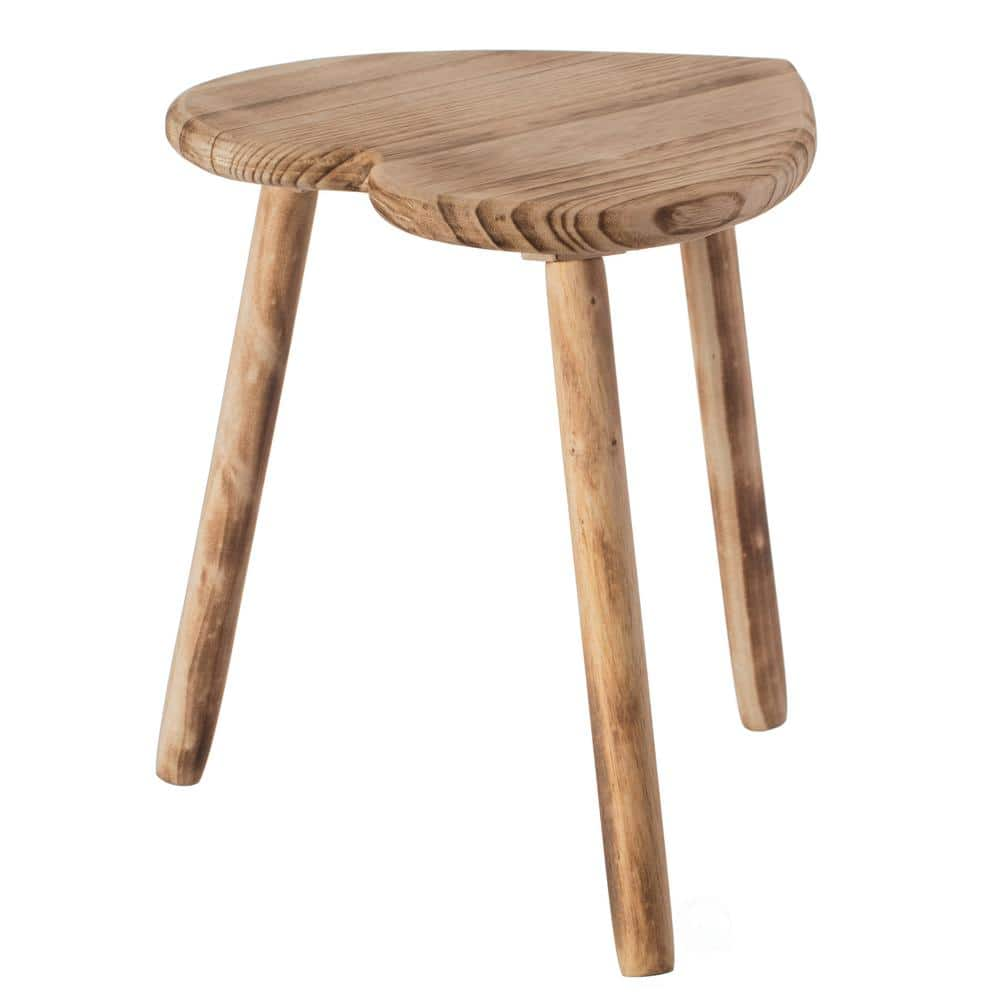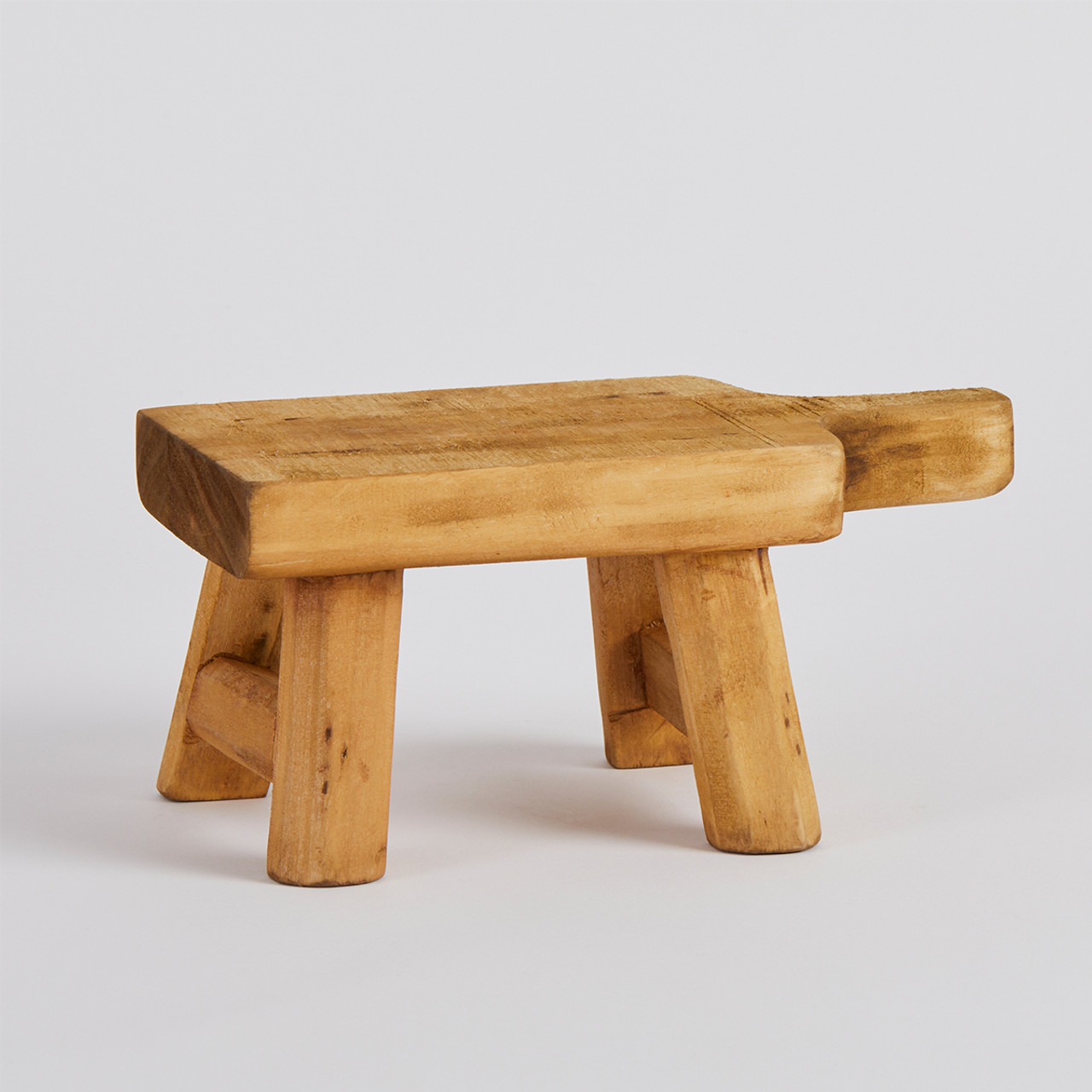Introduction to Decorative Wooden Stools
When it comes to home décor, finding the perfect balance between aesthetics and functionality can sometimes be a challenge. Decorative wooden stools provide an ideal solution, serving as stylish accents while also offering versatility in use. In this article, I’ll take you through everything you need to know about decorative wooden stools, from design options to their benefits, plus some personal anecdotes that will hopefully inspire you to add one to your home.
Types of Decorative Wooden Stools
Decorative wooden stools come in a variety of styles, materials, and finishes. Here are some popular types:
1. Traditional Wooden Stools
Traditional wooden stools typically feature classic designs and rich finishes. They’re ideal for rustic or farmhouse aesthetics.
2. Modern Wooden Stools
Modern wooden stools have clean lines and contemporary finishes. They often utilize sleek designs that fit into minimalist or Scandinavian décor.
3. Upholstered Wooden Stools
These stools combine wooden frames with cushioned seats, adding comfort and style. They’re especially versatile for seating in living rooms or bedrooms.
4. Stackable Wooden Stools
For those looking to save space, stackable wooden stools are a practical choice. They’re perfect for gatherings and can be tucked away when not in use.

5. Artistic Wooden Stools
Artistic stools serve as conversation starters, showcasing unique craftsmanship and designs. They’re often hand-carved or designed by artisans.
Materials Used in Decorative Wooden Stools
The material of the wooden stool greatly affects its aesthetic and durability. Here are some common materials found in decorative wooden stools:

1. Solid Wood
Solid wood is the most durable option, providing longevity and stability. Common types include oak, walnut, and maple.
2. Plywood
Plywood is made from layers of wood veneer and offers a lightweight alternative without compromising structure.

3. MDF (Medium Density Fiberboard)
MDF is popular for its smooth finish and can be painted or veneered. It’s less expensive but less durable compared to solid wood.
4. Bamboo
Bamboo is a sustainable option that is both lightweight and strong. It adds a modern touch to any décor.

Benefits of Using Decorative Wooden Stools
Decorative wooden stools offer numerous benefits that make them an excellent addition to your home:
1. Versatility
These stools can be used in various settings, including living rooms, kitchens, and even outdoor spaces. They can serve as seating, footrests, or side tables.

2. Aesthetically Pleasing
Wooden stools add warmth and texture to any room, enhancing the overall décor.
3. Durable and Long-lasting
When properly maintained, wooden stools can last for many years, making them a worthwhile investment.

4. Easy to Maintain
Most wooden stools require minimal maintenance; a simple wipe with a damp cloth is often all that’s needed.
5. Eco-friendly Options
Many manufacturers now use sustainably sourced wood, making decorative wooden stools an eco-conscious choice.

Choosing the Right Decorative Wooden Stool for Your Home
Finding the right stool involves considering various factors such as style, size, and color. Here’s a guide to help you choose the perfect one:
1. Define Your Style
Determine the overall style of your space. Are you drawn to modern, rustic, or eclectic designs? Your stool should complement your existing décor.
2. Measure Your Space
Measure the area where you intend to place the stool to ensure it fits comfortably without overcrowding the space.
3. Consider Comfort
For stools intended for seating, make sure they are comfortable enough for you and your guests. An upholstered seat can add extra comfort.
4. Check the Weight Capacity
If the stool will be used frequently or by multiple individuals, check the weight capacity to ensure durability.
Comparative Analysis of Decorative Wooden Stools
| Type of Stool | Material | Comfort Level | Price Range |
|---|---|---|---|
| Traditional Wooden Stool | Solid Wood | Medium | $100 – $200 |
| Modern Wooden Stool | Plywood | Medium | $70 – $150 |
| Upholstered Stool | Solid Wood/MDF | High | $150 – $300 |
| Stackable Stool | Plywood/MDF | Medium | $50 – $120 |
| Artistic Stool | Solid Wood/Bamboo | Medium | $200 – $500 |
Pros and Cons of Decorative Wooden Stools
Pros
- They add character to any space.
- Versatile for various functions.
- Long-lasting with proper care.
- Available in a variety of styles and materials.
- Often eco-friendly options available.
Cons
- Can be expensive, especially for high-quality wood.
- May require regular maintenance to keep in good condition.
- Some designs can be bulky or heavy.
Personal Experience with Decorative Wooden Stools
When I first moved into my apartment, I struggled to find the right balance between functionality and aesthetics. After much research, I decided to invest in a pair of upholstered wooden stools. Not only did they serve as extra seating for my guests, but they also became a stylish focal point in my living room. I quickly learned that choosing the right stools can truly enhance the overall feel of a room, and that’s a lesson I carry with me whenever I’m decorating.
FAQs About Decorative Wooden Stools
What is the best wood for decorative stools?
Popular choices include oak for its durability, walnut for its rich color, and maple for its smooth grain. Each type brings its unique aesthetic and practical benefits.
How do I maintain my wooden stool?
Regular dusting, avoiding excessive moisture, and the occasional polish with a suitable wood conditioner can help maintain its appearance.
Can decorative wooden stools be used outdoors?
Only stools made from treated or weather-resistant wood are suitable for outdoor use, as exposure to the elements can cause damage over time.
Are decorative wooden stools comfortable for seating?
Comfort depends on the design. Upholstered stools tend to be more comfortable than those with just a wooden seat. Always check the stool’s height and cushion before purchasing.
How do I choose the right height for my stool?
The standard height for a stool is around 24 to 26 inches for counter seating and 28 to 30 inches for bar height. Measure your table height for a perfect match.